How much does a ballroom dance instructor make
How Much Do Ballroom Dance Teachers Make?
Are you curious how much ballroom dance teachers make? It can be difficult to find information on wages for specific jobs, but we’ve got the inside scoop for you.
In this blog post, we’ll share the average wages for ballroom dance teachers in the United States. Whether you’re just starting or you’re looking for ways to advance your career, we hope this information is helpful!
Table Of Contents
- How Much Do Ballroom Dance Teachers Make?
- What Does A Ballroom Dance Teacher Need For Qualifications
- Other Facets Of Ballroom Dance Teaching
- Working For A Studio As A Dance Instructor
- Hours For A Dance Instructor
- Staying In Shape
- Loving The Job
- How Much Do Ballroom Dance Teachers Make Summary
- You may also like!
Note: We hope you love our articles! Just so you know, as an Amazon Associate, we earn from qualifying purchases. Thank you if you use our links; we really appreciate it!
How Much Do Ballroom Dance Teachers Make?
Most dance instructors make between $25,000 and $35,000 per year.
They may make more with other incidentals that the studio for which they work is providing them.
Since this is their base pay, they can make more when commissions and bonuses are added to their base pay.
They can make a very good living in some areas where the average median income for being a dance teacher is in the $40,000 range.
When they enjoy what they do, they ensure they can always live within their means.
- [RELATED] How to become a certified ballroom dance instructor?
What Does A Ballroom Dance Teacher Need For Qualifications
In most cases, a ballroom dance teacher is picked because of their looks and personality.
They also have some sort of dancing background but not necessarily in ballroom dance.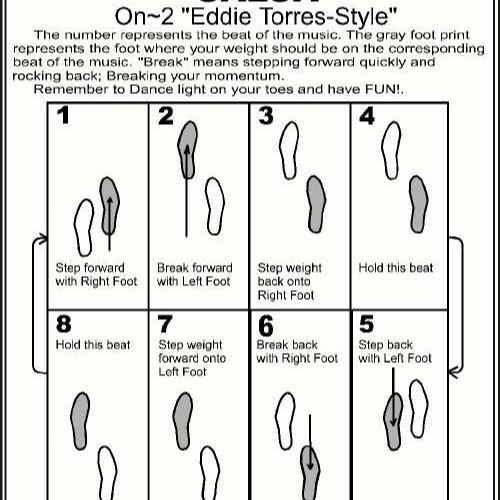
Since they are picked because of personal reasons, they need to stay in shape when they are chosen.
They will be trained to understand all of the ballroom dances, and then they will begin to understand how to teach.
The training of a ballroom dance teacher can take months.
It is a long process of learning and perfecting the dances and also being able to teach them.
- [RELATED] How to become a professional ballroom dancer?
Other Facets Of Ballroom Dance Teaching
They teach their students how to dance, and many of the ballroom dance teachers also perform.
They will have dance parties, with the students present at the studio weekly or monthly.
Some will also go to competitions where they can win awesome prizes.
For the most part, their bread and butter, so to speak, is made when they are teaching their students.
- [RELATED] How Much Do Ballroom Dance Lessons Cost?
Working For A Studio As A Dance Instructor
When a ballroom dance instructor works for a studio, they usually have a pool of students that come through the door.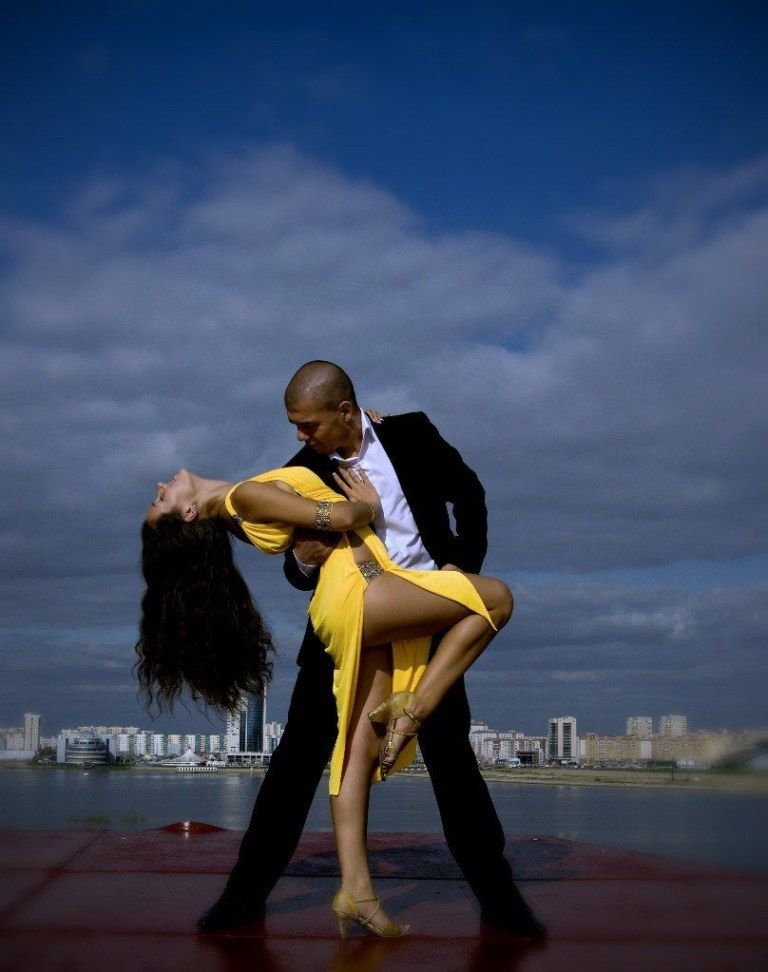
Each instructor receives their students in a fair and equal way.
They can also get their students, but they will generally follow the same process for teaching that the studio provides for them.
Some instructors have their own studio and may set up their own rules for teaching and gaining students.
They will make more money because they own the studio versus working for one.
Some teachers prefer this overworking for a studio. However, people that want to make a steady living in ballroom dance teaching will work for a studio so that there is a constant flow of students.
Hours For A Dance Instructor
In most cases, dance instructors will work 6 days a week.
Monday through Friday, they usually work 1 pm – 10 pm.
Saturdays, they will work from 10 am – 1 pm.
Usually, Saturdays are a dance party of some sort where all of the students and teachers dance together as couples.
During these times, they can invite family and friends to come in and dance too if they would like.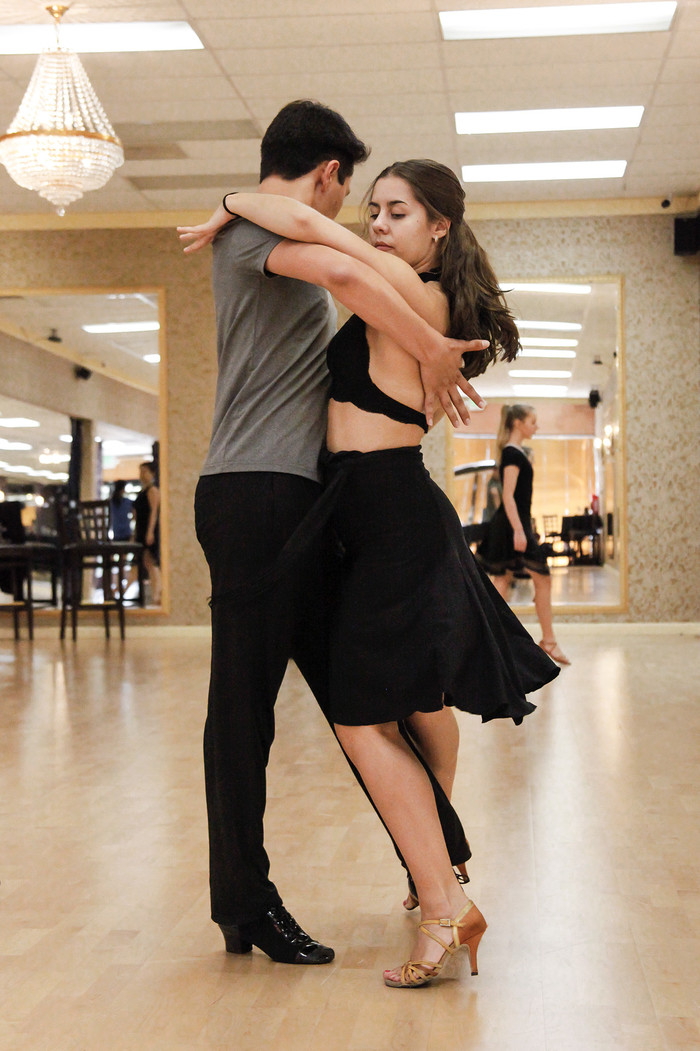
It is a great time for everyone, and refreshments are usually served.
During these parties, the students get to show off their skills, so they practice a lot to show others how good they are becoming with their dancing. Via: CrownDanceStudio.com
Staying In Shape
People that are ballroom dance instructors need to stay in shape at all times.
But a lot of times, you can get away with it depending on the level of dancing that you’re teaching.
However, being in shape is highly recommended if you take teaching and dance seriously.
If a lady instructor wants to get pregnant, they have to plan ahead of time that they want to have children, and sometimes they stop dancing for months before that.
Loving The Job
Dance teachers love what they do.
They may have to sacrifice some things, but it doesn’t matter to them because they enjoy what they do for a living.
One thing they always have to remember is to have the proper shoes.
They also need to have a fantastic wardrobe because they will be dressed nicely at all times when they are working.
Most women have fancy dresses, and most men have nice clothing, also.
It is part of their job to look nice at all times.
Carrying along with an extra outfit every day is part of what most dance teachers do automatically, just in case something happens to the clothing that they are wearing.
They are always prepared for a change of clothing.
This includes carrying extra pantyhose along for emergencies.
They will need them.
Loving ballroom dance is something that many people do.
They enjoy the way that they look and feel when they are dancing the exquisite music.
For the dance instructors, making a living at something that they love to do is important to them.
They know they are doing something they love to do and make a living doing it.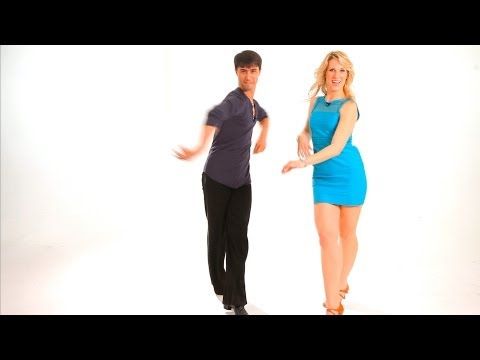
For them, it is the only way for them to live, and they would think of doing no other career.
They are in love with what they do, and it shows daily.
How Much Do Ballroom Dance Teachers Make Summary
Ballroom dancing is one of the most enjoyed forms of dancing that people love to learn.
They enjoy dancing whenever they can, and it is fast becoming something that many people are learning how to do and be able to dance when they go out in the evenings or for weddings.
When they first fall in love with ballroom dancing, they must take lessons from a ballroom dance instructor.
Finding a dance instructor is what they do when they want to begin to enjoy ballroom dancing at its finest.
You may also like!
Bestseller No. 1
5,290 Reviews
Capezio Women’s Jr. Footlight Character Shoe,Black,9 W US
- Soft PU leather upper, Scored leather sole, and Moisture absorbent microfiber lining with Foam padded footbed.
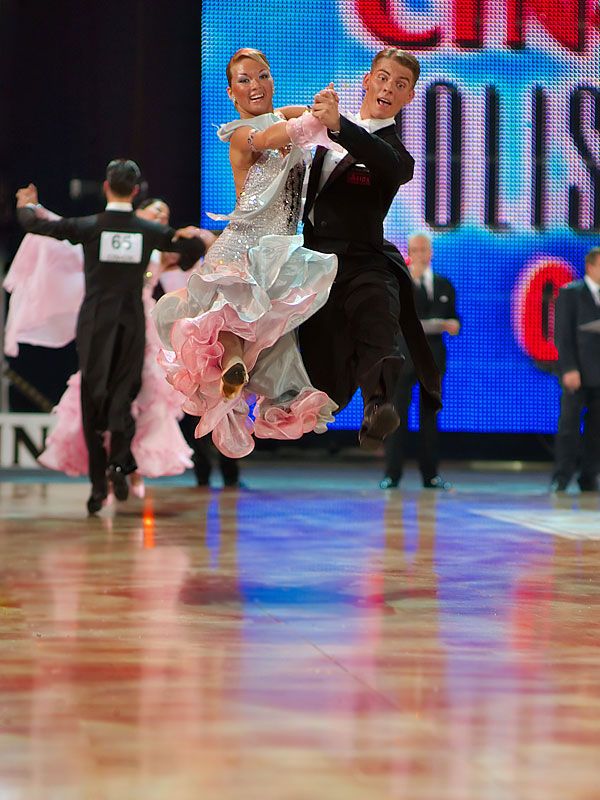
- Leather buckle, Achilles notch for comfort, Smooth folded edge topline, and Lightly padded collar.
Bestseller No. 2
1,526 Reviews
RoseMoli Women’s Latin Dance Shoes Satin Professional Ballroom Salsa Practice…
- Design: Elegant & generous classical style design.Adjustable crisscross ankle straps match shining rhinestone quick…
- Material: high quality satin upper, soft & silky. High elastic latex midsole, high quality insole , soft breathable…
Bestseller No. 3
840 Reviews
Low Heel Women Ballroom Dance Shoes Salsa Batchata Social Beginner Practice Wedding…
- PERFECT MATERIAL: High quality satin upper with fine sweat absorption suede insole, soft breathable lining, High…
- COMFORTABLE DESIGN:Simple and generous style design, low-key luxury; 1.5” Heeled dance shoe featuring to protect…
Last update on 2022-10-06 /Affiliate Links / Source: Amazon
Share the Love!
Read More…
- What Are The Best Ballroom Dance Shoe Brands?
- Ballroom Dance Shoes Archives
- Best Dance Sneakers With Arch Support For Women
- Best Men’s Dance Shoes With Suede Sole
Ballroom Dance Instructor Salary in Nashville, Tennessee
States with Higher Salaries for Ballroom Dance Instructor
Here are the top five states that pay the highest Ballroom Dance Instructor salary in the United States. Alaska takes first place with the highest Ballroom Dance Instructor salary is $39,637 per Year. California and District of Columbia take the second and third place with $39,495 per Year and $39,329 per Year in the list. A higher average Ballroom Dance Instructor salary indicates a higher cost of living too.
Alaska takes first place with the highest Ballroom Dance Instructor salary is $39,637 per Year. California and District of Columbia take the second and third place with $39,495 per Year and $39,329 per Year in the list. A higher average Ballroom Dance Instructor salary indicates a higher cost of living too.
Top 5 States with Higher Salaries For
Ballroom Dance Instructor in the United States:
Ballroom Dance Instructor in Alaska: $39,637
Ballroom Dance Instructor in California: $39,495
Ballroom Dance Instructor in District of Columbia: $39,329
Ballroom Dance Instructor in New Jersey: $39,092
Ballroom Dance Instructor in Massachusetts: $38,470
The following job titles have similar responsibilities as a Ballroom Dance Instructor. However, the different job titles may have different salaries. Learn each job, and finger out the most suitable position with the highest wage for you in your city.
Dance Instructor
Average salary
Nashville, TN
$36,070
per Year
View salaries
Job openings
Dance Fitness Instructor
Average salary
Nashville, TN
$39,976
per Year
View salaries
Job openings
Assistant Dance Instructor
Average salary
Nashville, TN
$41,401
per Year
View salaries
Job openings
Dance Teacher
Average salary
Nashville, TN
$36,469
per Year
View salaries
Job openings
Dance Therapist
Average salary
Nashville, TN
$50,941
per Year
View salaries
Job openings
Dance Director
Average salary
Nashville, TN
$48,744
per Year
View salaries
Job openings
Get an estimated calculation of how much you should be earning and insight into your career options.
Frequently Asked Questions
Common questions about salaries for a Ballroom Dance Instructor
Get a personal salary report to know your salary based on location, education, experience, and other influence factors.
Is this information useful?
Thank you!
For example, ballroom dance lessons for children differ greatly from ballroom dance classes for adults, in terms of content and teaching methods.
Is this information useful?
Thank you!
Check the below career pages for detailed pay ranges for similar professions to Ballroom Dance Instructor:
-
Dance Instructor
-
Dance Fitness Instructor
-
Assistant Dance Instructor
-
Dance Teacher
-
Dance Therapist
-
Dance Director
-
Dance Professor
-
Director Dance
-
Dance Coach
-
Dance Choreographer
Is this information useful?
Thank you!
Explore our personal salary report to know the Ballroom Dance Instructor market value in Nashville, TN.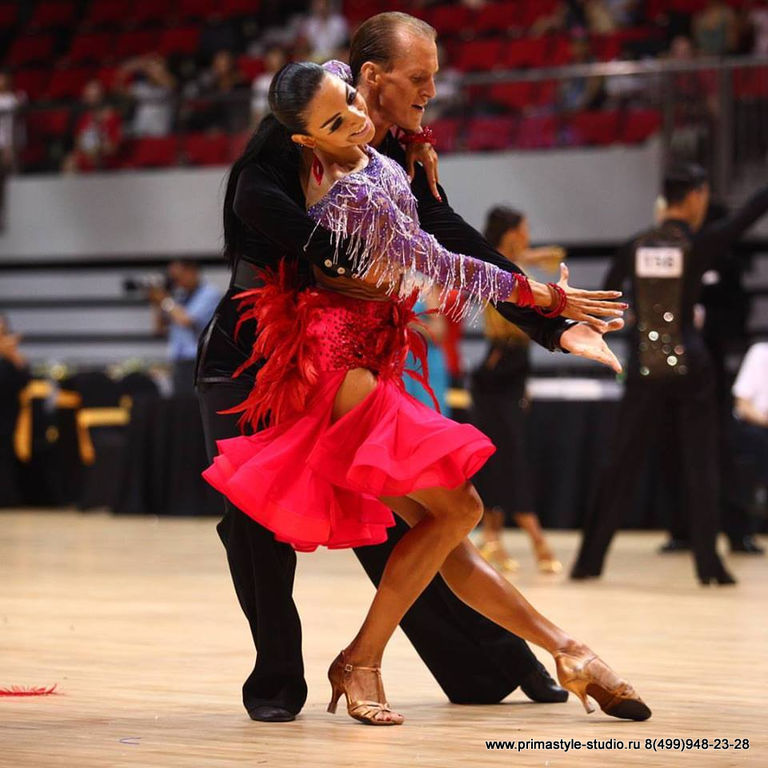 And find out if any places are having a higher Ballroom Dance Instructor salary.
And find out if any places are having a higher Ballroom Dance Instructor salary.
Is this information useful?
Thank you!
Career Insights
how it works, how to choose a coach and school, how to prepare for competitions, how much it costs to participate
Olga Goryacheva
dances in Pro Am
I performed at my first professional dance tournament at the age of 30. I spent 95,800 rubles on preparation.
It was my dream. At the age of 15 - in 2004 - I came to an ordinary dance studio and fell in love with ballroom dancing. Even then I wanted to seriously engage in and perform at tournaments, but I didn’t have a partner, and in the dance world this is a big problem. And it’s too late to start a sports career at that age.
As a result, I danced for my soul and performed at the studio's reporting concerts. And at the age of 30 I learned about ballroom dancing Pro Am - this is a category of tournaments in which instead of a partner with a competitor, his coach dances.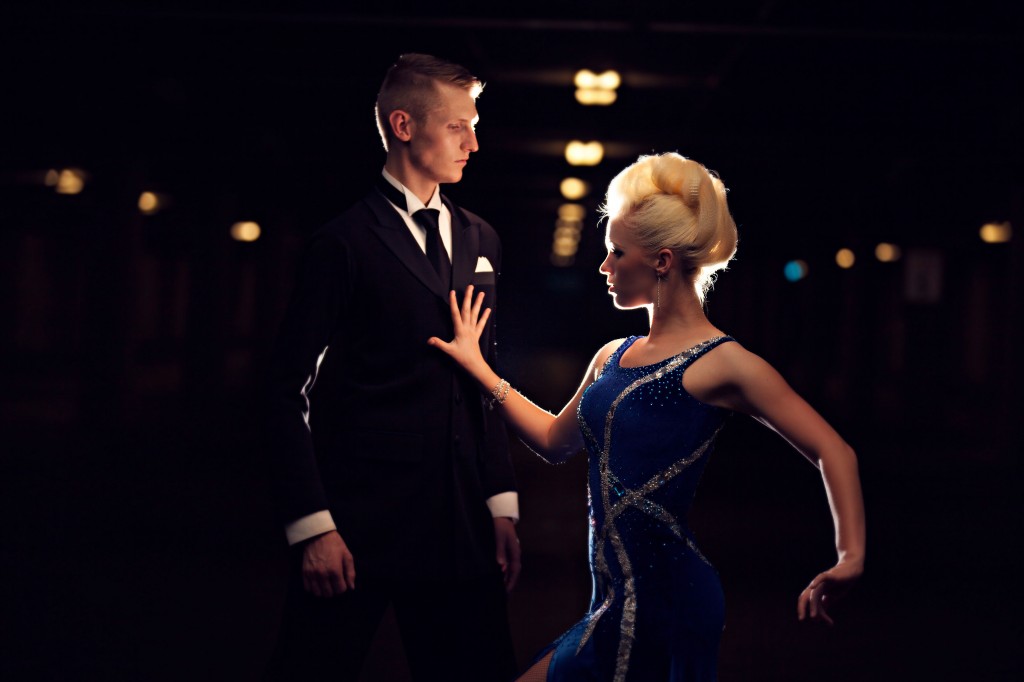 In the article I will tell you what it is, where and how to look for Pro Am dance studios, what you will need to do dancing, and how much it will cost to participate in dance tournaments.
In the article I will tell you what it is, where and how to look for Pro Am dance studios, what you will need to do dancing, and how much it will cost to participate in dance tournaments.
Spent on Pro Am tournament — 95 800 R
| Preparing for tournament | 53 900 R |
| Registration in the tournament | 20 500 R |
| Tournament skin | 16 700 R |
| Video recording | 2000 R |
| Entry ticket for husband | 1500 R |
| Photos, 3 pcs. | 1200 R |
Preparing for the tournament
53,900 R
Registration in the tournament
20 500 R
Image for the tournament
16 700 R
video shooting
20000 R
Entrance ticket for husband
1500 R
photos, 3 pcs.
1200 R
This is me dancing rumba at my first North Star tournament in St.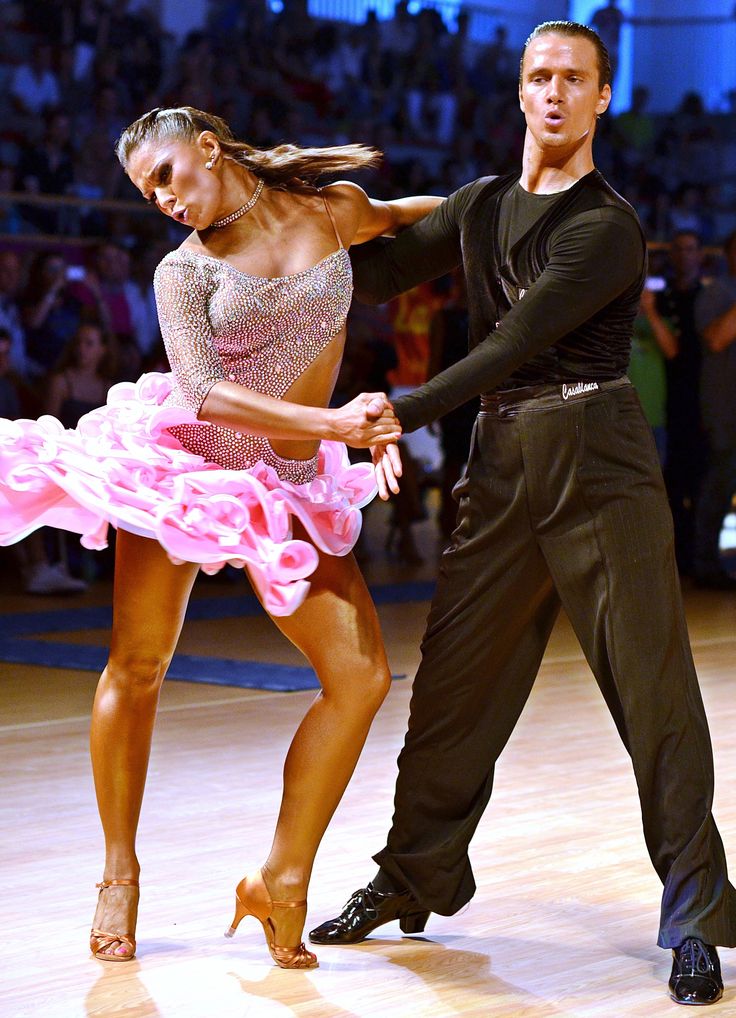 Petersburg in 2019. Photographer — Irina Nevolina
Petersburg in 2019. Photographer — Irina Nevolina What is Pro Am
A couple in ordinary ballroom dancing consists of two athletes — a partner and a partner. In Pro Am tournaments, the student is paired with his coach, and the judges evaluate only the student. The exception is Pro Am tournaments with a high level of skill: they evaluate the couple as a whole, like in sports.
Students pair up with a coach, because in ballroom dancing it is generally difficult to find a couple: partners must match each other in terms of height, build, skill level and energy - then the couple will play on the floor. Coaches practically “mould” children who are ballroom students one under the other. And there are always fewer boys in dances than girls.
/dance/
How much does it cost to send a child to ballroom dancing? The total number of partners is 20,206 less than the number of partners. Source: FTSARR
Pro Am - this is exactly the competition for which you need to prepare, that is, to develop the technique of performing movements and dance steps, put compositions in the competition. But if a student does not want to perform in tournaments and dances just for fun, he can still study at the Pro Am studio. Only in this case, the load in terms of the number and content of classes will be less for him.
But if a student does not want to perform in tournaments and dances just for fun, he can still study at the Pro Am studio. Only in this case, the load in terms of the number and content of classes will be less for him.
Pa is a separate dance movement, basic movement, dance step
There are no age restrictions in Pro Am - there are both children's and adult categories. But still, children are more often involved in ballroom dancing, and adults with dancing experience in the past or even from scratch come to Pro Am. According to the rules, you can participate in the Pro Am tournament only if at least 3 years have passed since the last sports tournament and the dancer does not have a valid athlete book. For such people, Pro Am is almost the only opportunity to enter a real competition with professional judges, scores and ratings.
How the Pro Am tournament system works
The main organization for Pro Am is the International Association of Sports Clubs and Dance Schools. It is MASKT that sets the rules for participation in Pro Am competitions, holds tournaments and forms ratings.
It is MASKT that sets the rules for participation in Pro Am competitions, holds tournaments and forms ratings.
Sports dancing, including Pro Am, has a complex competition system. In order to equalize the chances of participants and evaluate couples as fairly as possible, you need to take into account the age of the dancer and his level of skill. It is clear that 20-year-old dancers will surpass 40-year-olds purely physically and will certainly take the podium. To prevent this from happening, Pro Am has programs, categories, difficulty levels and classes.
Program. There are two programs in ballroom dancing: European - it is also called "standard" (Sd) - and Latin American, or "Latin" (La). Each program has its own set of dances that an athlete must perform at competitions.
Everything related to dance sports is regulated by the rules of the Federation of Dance Sports, Acrobatics and Rock and RollPDF, 1.7 MB
Pro Am also adhere to these programs, but in general the system is more flexible: there are no compulsory dances and a person can immediately choose your favorite program or even your favorite dances and perform only in it.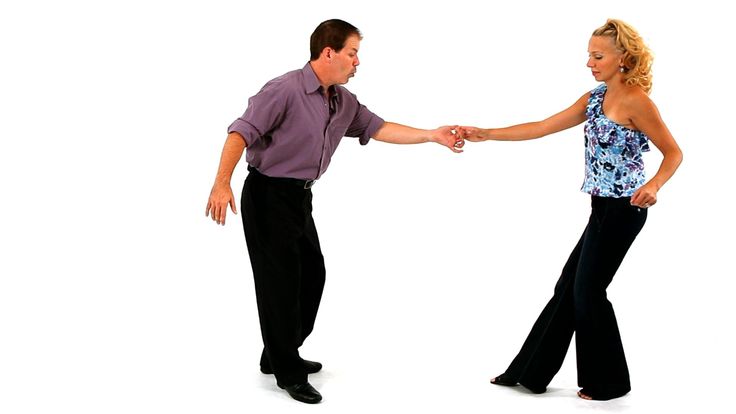
Here are the dances included in the European program:
- Slow waltz.
- Quickstep.
- Foxtrot.
- Tango.
- Viennese waltz.
There are also five dances in the Latin American program:
- Cha-cha-cha.
- Samba.
- Rumba.
- Jive.
- Paso Doble.
For myself, I chose the Latin American program: I know it better and love it for a long time. In addition, I have not had a partner for almost all my life, and it is easier to study "latina" alone than "standard", - there is even a separate direction in dances - "solo-latina". But the “standard” without a partner is strange: all the movements there are tied to interaction in pairs and alone it’s just a set of steps, not a dance.
Categories divide dancers by age. Pro Am has the following categories:
- K - 9 years and younger.
- J - 10-15 years.
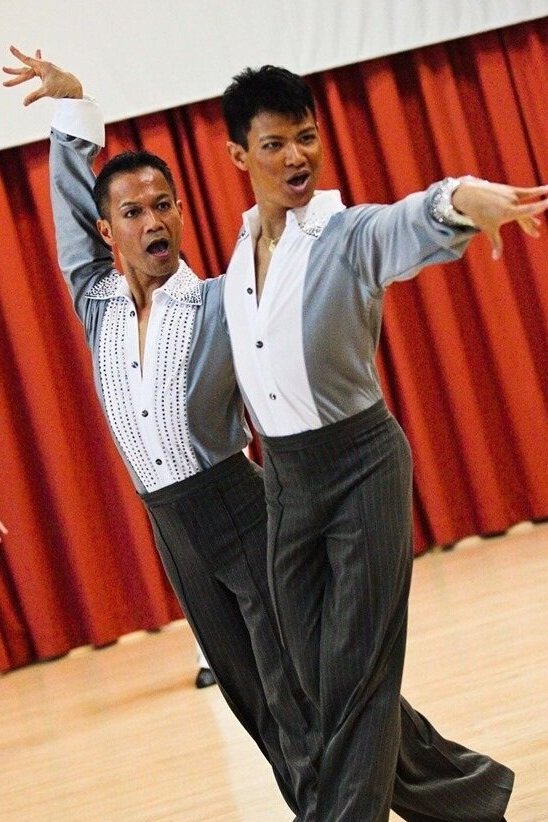
- A - 16-35 years old.
- B - 36-50 years old.
- C - 51-60 years old.
- D - 61 years and older.
The dancer has the right to perform in his category or one category younger, but not older. That is, for example, if a dancer is 40 years old, he can dance in category B or A. I performed in age category A - from 16 to 35 years old.
A couple can have partners of different ages, but there are restrictions: the age difference between children and youth should be no more than two years, and between adults no more than 5 years.
The level of difficulty in which the dancer performs depends on his dance experience. Pro Am has five difficulty levels:
- Bronze.
- Silver.
- Gold.
- Gold Star.
Beginning dancers perform at the Bronze level. Their task is to hear the rhythm of the dance and fall into it, they dance the basic - the main step and several basic figures.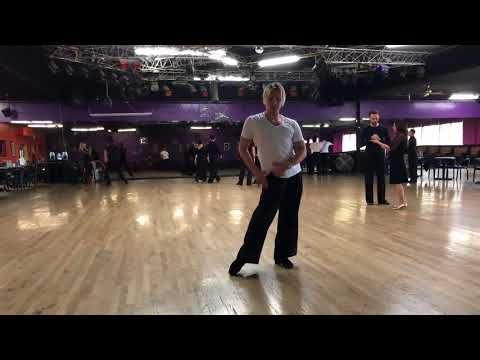 At the Silver level and beyond, there are already stricter requirements for dancers: you need to dance emotionally and musically, show a technically and rhythmically complex performance.
At the Silver level and beyond, there are already stricter requirements for dancers: you need to dance emotionally and musically, show a technically and rhythmically complex performance.
A figure in a dance is a combination of several dance steps (pas) connected to each other
The coach decides what level of difficulty a student will perform in. For example, when I came to the Pro Am school, the coach, assessing my skills, began to prepare me for the performance in Silver. But in dancing it is not customary to "sit out" in one category, that is, if a dancer regularly takes prizes in Silver, it is time for him to move to Gold and fight for the podium again.
Within one tournament, all difficulty levels are presented at once, and participants are distributed among them during registration. When registration ends, the organizers look at which category, how many people have signed up, and allocate exits to the parquet. The dancer receives information about his exit from the hit list - this is his personal schedule of exits to the competitive parquet.
When the tournament is in progress, they do not announce what level is currently dancing, only the number of the entrance to the floor is announced. And if this number matches one of those indicated in the dancer's hit list, then it's time for him to dance.
Classes. Each difficulty level is divided into classes according to the number of dance steps allowed by the organizers. Here are the classes in Pro Am:
- Beginner.
- Intermediate.
- Full.
- Open.
Beginner, Intermediate, Full are private classes. This means that they can assemble a composition from strictly defined dance steps. Open is an open class, that is, there are no restrictions on shapes, you can use any pas.
List of figures for the closed classes of the Latin American programPDF, 225 KB
List of figures for the European programPDF, 266 KB
Let me explain that in tournaments exactly the selected set of figures is danced to the music that the dancers will play.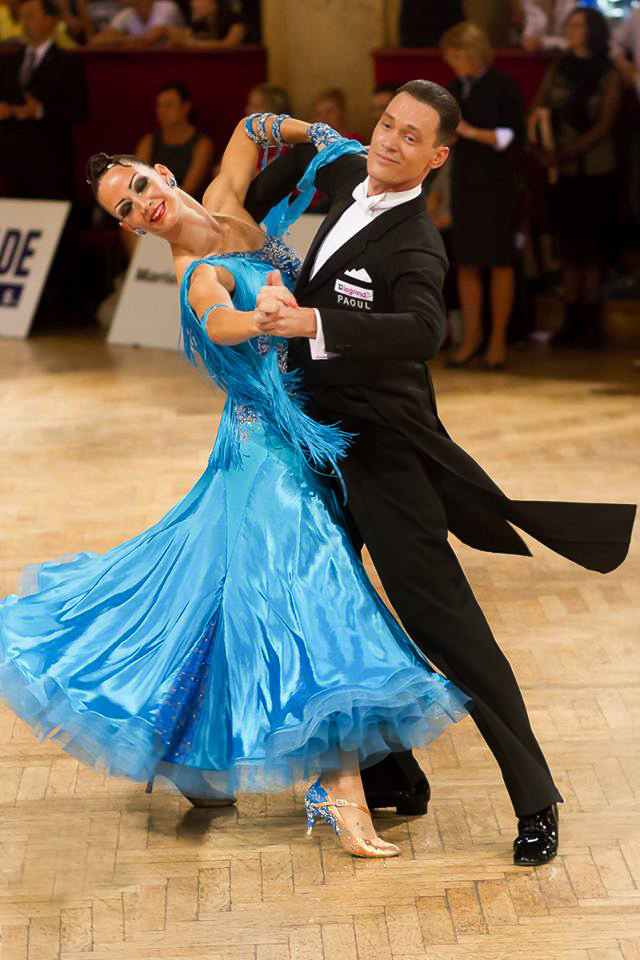 That is, there is no such thing that we know the music in advance and stage the dance specifically for it. The dancers prepare their composition and dance it to what they are given. Of course, there is music that corresponds to each dance, and it differs in size and mood, but no one knows the specific composition in advance.
That is, there is no such thing that we know the music in advance and stage the dance specifically for it. The dancers prepare their composition and dance it to what they are given. Of course, there is music that corresponds to each dance, and it differs in size and mood, but no one knows the specific composition in advance.
If a person came to practice from scratch, then the first competition will be in the Bronze Beginner category. But there are very few such dancers, and it is boring to perform in a tournament in order to win among yourself. Therefore, schools and coaches prefer to train students immediately in Bronze Full: there are many participants, there is competition.
For participation in tournaments, dancers receive points and their place in the Pro Am rating. The better the dancer performs, the more points he will receive and the higher his rating will be. When a dancer's rating grows, it means that he is increasing his skills, and his school and coach are able to lead the student to victory.
Pro Am ranking rules and Top 100 and Best of the best PDF, 279 KB gives annual discounts for participation in the following tournaments.
How the Pro Am system works
| Program | European or Latin American, but you can choose any dance |
| Age categories | K, J, A, B, C, D |
| Difficulty levels | Bronze Silver Gold Gold Star |
| Grades | Beginner Intermediate Full Open |
Program
European or Latin American, but you can choose any dance
Age categories
K, J, A, B, C, D
Levels of difficulty
Bronze
0238 Gold
Gold Star, or Rising Star
Scholarship
Classes
Beginner
Intermediate
Full
Open
How to choose a Pro Am coach
If the school is a member of the MACCT, then for its students there is a 10% discount on participation in all Pro Am tournaments held by the MACCT, and there are no others yet.
The coach is responsible for the composition and development of the student, the school is responsible for organizing classes and participating in the tournament. A coach is not just a mentor, but a partner, so he is super important. It happens that the student likes the school, but the coach did not work together. Then there will be neither pleasure nor victory.
The coach must be a dancer no lower than a candidate for master of sports in the dance program chosen by the student. He can be an active athlete or be in the archive - this is normal if the dancer decided to devote himself to coaching.
/list/dance-schools/
From waltz to bachata: where they will learn to dance in Moscow
The level of training and experience of a professional dancer is indicated with the help of classes. To improve your class, you need to compete in sports competitions and score points. Here are the classes that exist:
- H — hobby class, the most basic level.
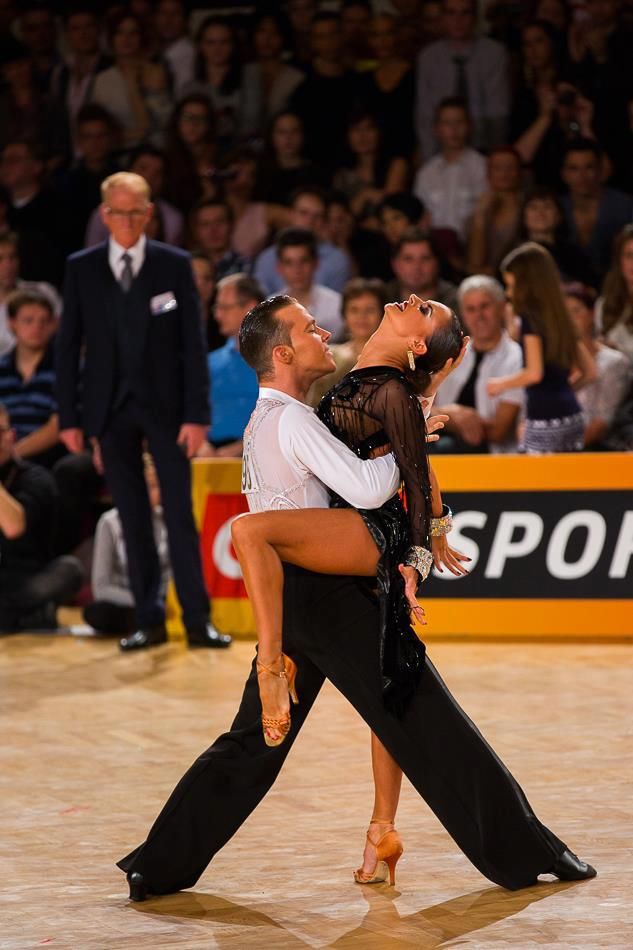
- E and D are also classified as beginner classes, athletes of these classes are required to dance in both programs.
- C - advanced level, in this class the dancer can choose to specialize: "latina" or "standard". Or continue to dance a program of 10 dances.
- B - Advanced athlete level.
- A is a very experienced and successful dancer. As a rule, dancers of this class are candidates for master of sports.
- S - a special skill class, which is assigned by the decision of the presidium of the national federation based on the results of the national championship or championship.
- M - the highest class of international dance skills. As a rule, M-class dancers are masters of sports.
A top-notch trainer is a dancer who has been practicing dancesport for decades. He has been participating in tournaments for a long time and constantly, understands the principles of judging, knows how to put on an interesting and winning composition, and most importantly, knows how to teach dancing beautifully and effectively.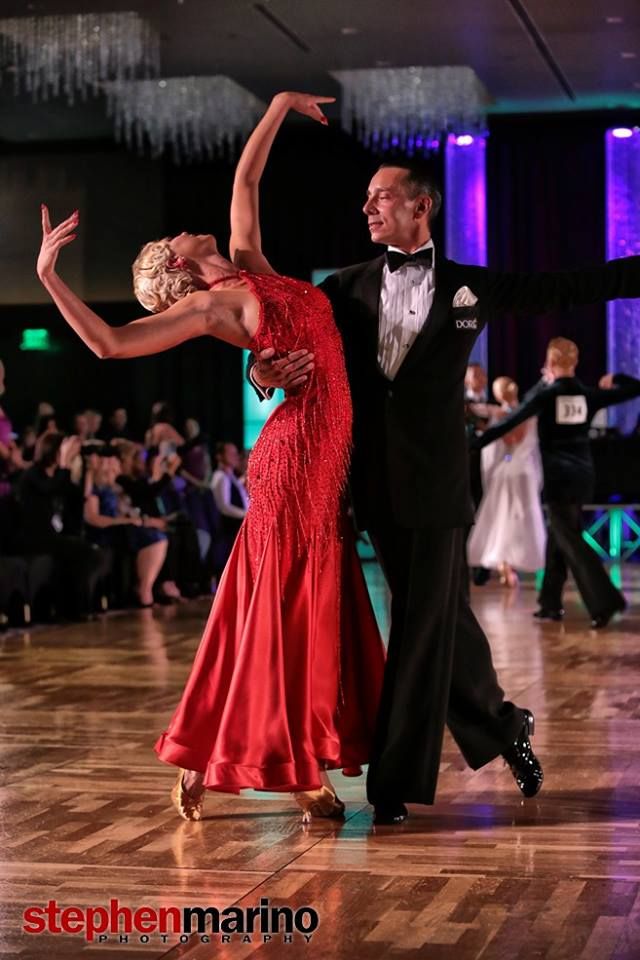
To check the coach, you need to go to the website of the All-Russian Dance Sport Federation and enter his name in the search.
I will show how to search for information about a ballroom athlete using the example of my coach It says that Anton Pakhomchik has class A in the "standard" program and class M - the highest in dance sport - in "latin" My coach is no longer paired with another a ballroom athlete, therefore, she does not have the right to compete in sports competitions. But this limitation does not apply to Pro AmThere are also scammers in Pro Am
Usually, fraud in this area looks like this: a coach of a low dance class introduces himself to a student as a master of sports and offers to dance in Pro Am, promising mountains of gold medals in exchange for paying for training and the salary of a coach for each tournament.
The coach sets up a simple program and registers a couple for a tournament in the Gold category for pros, but at the same time chooses the initial difficulty level Beginner - usually no one competes in such. It turns out that the couple has no competitors, and the student automatically wins gold.
It turns out that the couple has no competitors, and the student automatically wins gold.
Since the fraudster knows that the first place will go to the student anyway, he does not invest in him. A couple enters the parquet with monotonous compositions in the same category or always in the initial ones, and the student's level from tournament to tournament is marking time. But the coach continues to receive money from the student.
After a while, the student gets bored or notices that he is moving very slowly in the ranking, unlike students from other schools. When he comes to another coach, he understands that in fact he is not a star, he can’t do anything, and to get a well-deserved reward, you have to work hard. And time and money have already been wasted.
Sometimes such students came to the studio where I studied. Realizing that they had invested a lot of time and money, but remained at the level of beginners, was a big disappointment for them. Some were so upset that they quit dancing altogether.
How to choose a Pro Am dance school
When choosing a Pro Am school, you should look at how successful its students are and in what categories. This can be understood by the Pro Am rating.
Select the type of rating and the gender of the dancers. For example, I'm interested in the Silver category, partners The names of studios and cities are revealedHaving looked at several schools in the rating, I recommend checking their addresses and finding them on social networks. It is important that it is convenient to get to school: training will take several hours at least 3 times a week.
In social networks, you can look at the hall and catch the atmosphere of the studio: how they treat students, what age they are, how often the studio sends applications for tournaments. Well, then come to a trial lesson.
I thought about dancing in Pro Am when I was doing ballroom "latina" in a regular dance studio with coach Anton Pakhomchik. He was also one of the teachers at the Dance Capital studio in St.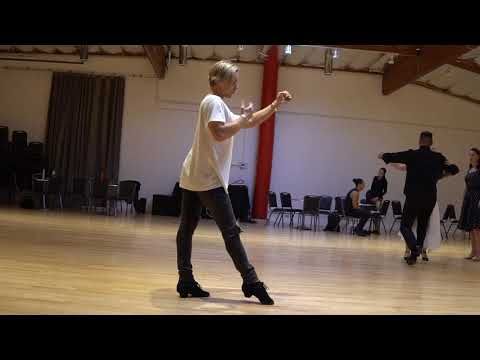 Petersburg. I subscribed to the studio group on Vkontakte and Instagram and just watched for a while.
Petersburg. I subscribed to the studio group on Vkontakte and Instagram and just watched for a while.
The studio was a member of MASKT and an organizer of Pro Am tournaments. I saw that the school's approach allows you to get medals in competitions. But the price stopped me: a subscription for 24 individual lessons then cost 48,000 rubles.
Prices at the Dance Capital studio in August 2021. Now the subscription that I bought is no longer on sale. Source: Dance CapitalI made the decision after watching the video "It's Never Too Late to Dance" by the owner of the studio. In it, she tells how she started dancing from scratch at 37, completed the entire Pro Am system, and now performs in sports and reached class B. “It’s not too late for me either!” I decided and uncovered my savings account.
Since I have been doing ballroom dancing for a long time, I did not buy a subscription for group training in technique, but chose a subscription for 24 individual lessons for 48,000 R. But I do not recommend this for beginners: group classes are needed to learn the basic movements, minimally develop technique, learn to hear the rhythm and work it out in dance. Only this knowledge can be used to put a composition in individual lessons.
But I do not recommend this for beginners: group classes are needed to learn the basic movements, minimally develop technique, learn to hear the rhythm and work it out in dance. Only this knowledge can be used to put a composition in individual lessons.
48,000 R
I paid for a subscription to 24 individual classes at the Dance Capital studio
How my classes went in the studio
I don't know how the classes go in different Pro Am studios, so I'll tell you how it was in the Dance Capital studio in St. Petersburg, where I studied. Perhaps in another school and in another region there is a different approach to learning.
The first lesson of at Dance Capital is always trial. On it, the coach evaluates what the student already knows, what dances and figures he knows, how he has rhythm, how he reacts to leading a partner.
It happens like this: the student chooses a program - "latin" or "standard" - and the coach turns on the music of the corresponding dances.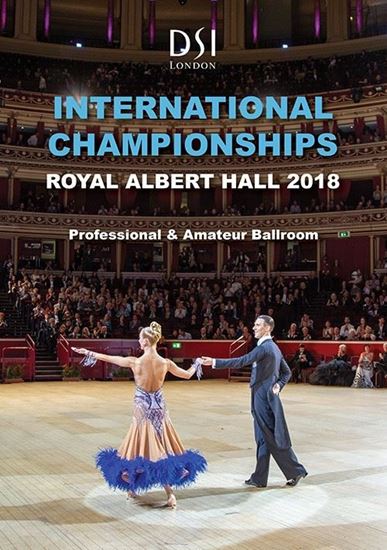 I chose "latin", which means my dances: cha-cha-cha, samba, rumba, jive and paso doble.
I chose "latin", which means my dances: cha-cha-cha, samba, rumba, jive and paso doble.
To the music, the coach pairs up with the student and tries to perform several basic figures. These can be basic movements or a whole bunch of movements characteristic of a particular dance. In rumba, for example, there is a “fan”, a turn under the arm, a “club”, a “swivel” and other figures.
First, the couple dances at half tempo, that is, the movements are performed rhythmically, but twice as slow as the tempo of the music. If the student recognizes the figures and successfully follows the coach's lead, the couple tries to dance to the tempo. It’s difficult because you have to dance quickly, but technically, the lead of the partner is unfamiliar and unusual, and it’s also improvisation, and the student doesn’t know what figure will be next.
If a student came from scratch, then, as a rule, he is prepared for the Bronze Full category. With little experience - for Bronze Open.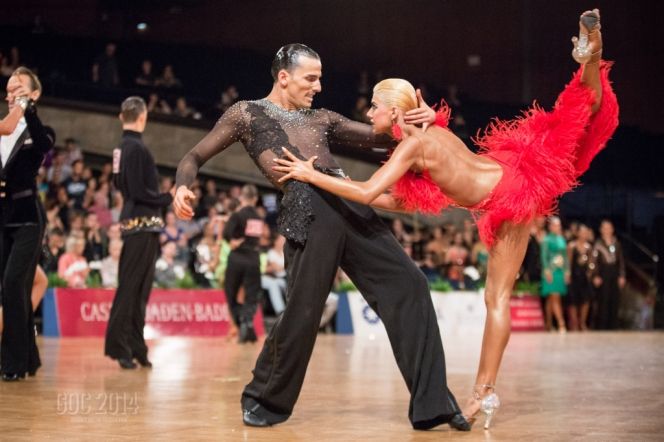 Confidently continuing - for Silver Full or Open, depending on skills. As a rule, this is the maximum - students grow up to higher categories already at school.
Confidently continuing - for Silver Full or Open, depending on skills. As a rule, this is the maximum - students grow up to higher categories already at school.
My level in the trial lesson was rated by the coach for the Silver Open category in the Latin American program. In this category, the judges look not only at rhythm and basic technique, but also at the presentation of the dance. And there are usually a lot of couples in this category, so it’s more difficult to win.
Basic training. In an ordinary dance studio, students, as a rule, simply learn the technique and put on small dance sequences of 3-5 movements in order to work out the figures and so that it is not boring. In the Pro Am studio, students immediately begin to prepare for tournaments: put on compositions for each dance, work on the presentation of the dance and performance technique. At the same time, in compositions, the coach must match the requirements of the tournament - the allowable length of the dance and the set of figures - with the capabilities of his ward.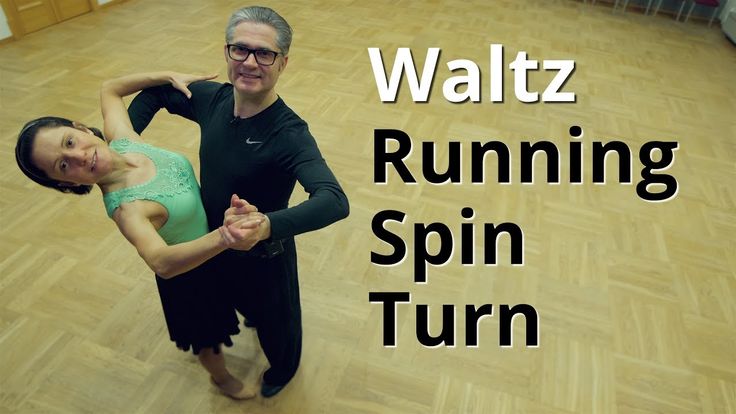
The next lesson after the trial lesson, my coach and I immediately started putting compositions for the tournament: cha-cha-cha, samba, rumba, jive and paso doble. But in the end, we got 4 dances: there was not enough time for the paso doble. It's good that in Pro Am, as I already wrote, you can choose which dances from the program the student will perform.
/twerk/
How to start dancing twerk, how much does it cost and why shake your booty at all
In training, we put on a dance piece and recorded a video with it at the end. My homework was to learn everything in rhythm for the next lesson so that I could start dancing to tempo as early as possible.
This is the first piece of my tournament samba. The coach counts the rhythm aloud and shows the movements very slowly: this way it is easier to remember the composition and learn how to make especially bright moments of the dance “to the music”.
Here is an example of our training videoRuns were added to regular training two weeks before the tournament. Two or three couples dance in the same hall, and conditions are created for them close to those of a tournament. That is, they dance in tempo, without stops in the dance and breaks between compositions.
During the run, you can no longer ask the coach anything, how will you dance - it will be so. If you get lost, improvise and keep your face, try to join the composition again. It's important to stick to the end. And don't crash into the next couple.
Run-throughs help to try on the tournament load - it is much higher than in training. At the same time, stress will also be added at a real tournament, so it is especially important to cope physically. When you feel that you are keeping the speed and not messing up with the rhythm, the fear recedes and you start to enjoy the dance.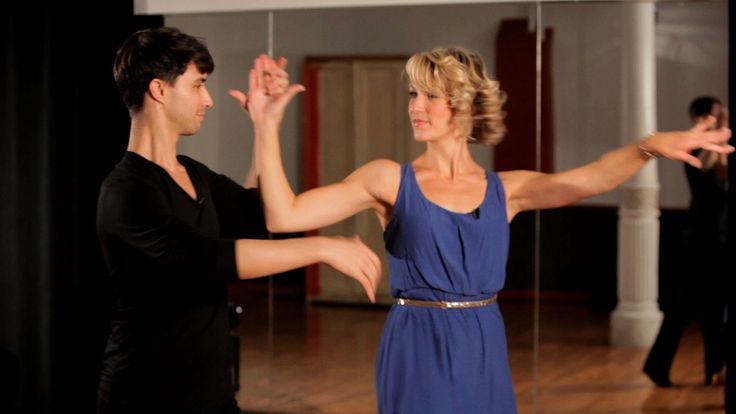
Run-ups also give a lot of information to coaches. It becomes clear where the student does not pull or works inefficiently. In training after the run, the coach shows how to clean up the movement, that is, where exactly you need to strain and where to relax in order to catch the music and stand on your feet. It also happens that the composition can be simplified a little.
I needed two extra sessions after the practice sessions. We cleaned up several figures on them, and simplified one movement. For these classes, I paid another 4400 R.
| There is a tradition in the studio: to take a photo of a student and a coach before starting preparations for the first tournament. This is me with coach Anton Pakhomchik | And this is our training, we are dancing rumba |
In addition to training and running while preparing for the tournament, I also attended a seminar by a class M dancer in the Latin American program Anastasia Dubrovskaya us in the studio.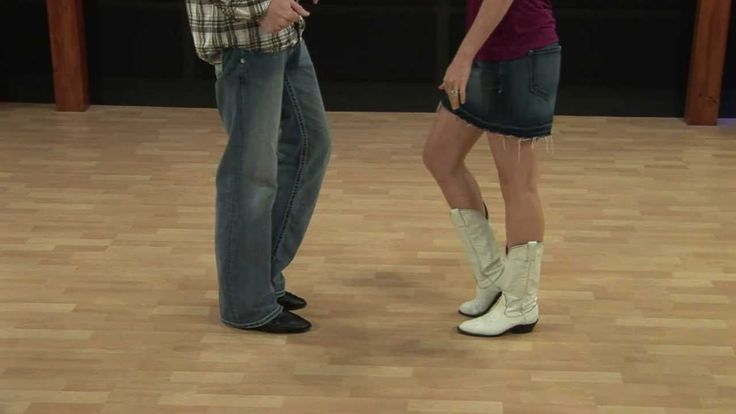 She dances very feminine and incendiary, this is worth learning.
She dances very feminine and incendiary, this is worth learning.
The seminar was devoted to the position of the body during the turn. We learned to perform turns in such a way as to do it as quickly as possible and at the same time effectively. It seems like a trifle, but it is precisely such nuances that make the dance interesting and bright. The lesson lasted 2 hours and cost 1500 RUR.
Subscription for 24 individual lessons
48 000 R
Additional classes before the tournament
4400 R
Seminar of Anastasia Dubrovskaya
1500 R
What is needed for training in training in the dance hall. dancing shoes. Hair will have to be removed, large jewelry and watches removed: they can injure yourself or your partner.
Dance clothes and shoes are sold in specialized stores. My favorite is World of Dance, they have a great selection of clothes. I buy shoes at the Rumba Aida manufacturer's store: I have a plump foot and I feel comfortable in Aida shoes.
My favorite is World of Dance, they have a great selection of clothes. I buy shoes at the Rumba Aida manufacturer's store: I have a plump foot and I feel comfortable in Aida shoes.
Training wear has a tournament fit but no embellishments. It is sewn from a stretchy material that can withstand intense wear and does not interfere with the dancer's training.
A training skirt costs 2000-6000 R. I bought mine for 6500 R and wore it with a regular sports T-shirt or T-shirt. Pants for dancing can be bought at a price of 2000 R. Dress, skirts and trousers for training according to the standard program cost 2500-3000 RUR.
6500 R
I spent on a workout skirt
This is how my workout skirt and Latina shoes look like. I’ll tell you more about how to choose shoes in the article And this is an example of a training suit for dances of the Latin American program. "Latina" is danced in short or elongated skirts with flounces and fringes. Sometimes trouser suits or overalls are used. Source: World of Dance Sometimes trouser suits or overalls are used. Source: World of Dance | This training dress for dances of the European program is a long sun or godet with a skirt. Also for training in this program there are special trouser suits with wide legs, but they go to tournaments only in dresses. Source: World of Dance |
Shoes. You can train only in special shoes for ballroom dancing. They are bought in specialized stores: these are handmade, such shoes are worn only for dancing - in the hall and on the parquet, and these shoes cannot be worn on the street or in the office. Dance shoes are very different from ordinary shoes, including their flexibility. The soles of ballroom shoes are made of suede, and the shoes themselves are made of satin or leather.
Dancers can train in ballroom shoes - different shoes for different programs - or in special training shoes - they can dance both programs. It is more convenient and lighter in boots, but at the tournament they dance in shoes, so at least part of the training and runs must wear shoes.
| This is an example of shoes for the Latin American program - sandals. Source: TopDance | And these are shoes for a standard dance program - pumps with a closed toe. Source: TopDance |
| These are training boots with narrow heels. Source: TopDance | And this is a variant of shoes with wide heels. Source: TopDance |
Ballroom shoes come in different heel heights and shapes. The height is selected depending on the height of the partners, the shape - for reasons of stability and aesthetics. For example, a wide block heel is very comfortable, but visually "reduces" even a tall and slender girl. Often there are shoes with flared heels, or “glass”, they are stable and lengthen the legs. But it’s more difficult to stand on a slim heel, but on the other hand, it “stretches” and slims.
Common colors for ballroom shoes: beige, cognac, nude. It is believed that these colors visually lengthen the legs and hide the work of the feet a little, unlike black and white shoes. They decorate shoes in different ways - with transparent inserts, straps, knots, locks, rhinestones, buckles, sparkles.
It is believed that these colors visually lengthen the legs and hide the work of the feet a little, unlike black and white shoes. They decorate shoes in different ways - with transparent inserts, straps, knots, locks, rhinestones, buckles, sparkles.
You can go to the tournament in the same shoes in which the dancer trains in the gym, - they differ only in decorations. The main thing here is not beauty, but convenience and stability. I bought myself shoes right away for the tournament and used them to train in the gym.
Tournament shoes can be black or colored - usually silver, gold, red or white, with rhinestones or stones, or a mirror shade that is fashionable today. Beautiful shoes are more expensive, and it’s a pity to train in them: the loads are serious, so the coating may rub off or the sole may suffer - the foot sweats, and the suede absorbs everything and becomes thinner. Therefore, such shoes are often bought specifically for a tournament for a specific dress.
Therefore, such shoes are often bought specifically for a tournament for a specific dress.
The most popular ballroom dance equipment manufacturers are Aida, Dancefox, Supadance, Eckse, Dancemaster, Galex, Dance Naturals and International Dance Shoes. Simple ballroom shoes can be found for 2500 R, but I am afraid that such models are unstable and fall apart quickly. On average, one pair of dance shoes costs from 4000 R - I don’t buy shoes for myself cheaper than this amount.
For my tournament, I chose dark beige Aida shoes with a 5 cm flared heel and no decorations. They are stable and comfortable, cost me 5600 R.
5600 Р
I gave for shoes for the tournament
Of the accessories , heels and leggings are used in training. Heel caps are needed to keep the shape of the heel from erasing: this affects stability. Heel protectors cost from 50 RUR.
Gaiters are worn to quickly warm up muscles, ligaments and joints. They cost from 250 R in ordinary stores and from 400 R in dance stores. The higher the leggings, the more expensive they are.
They cost from 250 R in ordinary stores and from 400 R in dance stores. The higher the leggings, the more expensive they are.
Weighting agents can also be useful, they cost from 500 R. They are used to pump up arms and legs faster. Strong legs help the dancers move quickly and easily, as if they are hovering over the parquet. And strong hands hold the frame better and longer - the dancer's space, which cannot be invaded by a partner, is needed for leading in pairs.
I usually use only heel protectors in my workouts. But when I was preparing for the tournament in 2019, for some reason I decided not to even buy them.
How much for training clothes
| Training shoes | From 4000 R |
| Training skirt | From 2000 R |
| Weights | From 500 R |
| Gaiters | From 250 R |
| Heel protectors | From 50 R |
Training shoes
dated 4000 r
Training skirt
dated 20000 r
weights
from 500 r
Getra
dated 250 p
Leggings help to warm up muscles faster. Source: TopDance
Source: TopDance
What you need to perform at the tournament
The appearance of the dancer affects the judges' assessment: the image of the couple belongs to the "Couple Style" evaluation criterion. Therefore, this should not be neglected. Here's what you need to compete in the tournament:
- Ball gown.
- Ballroom shoes - I have already told about them, it is not necessary to buy new ones for the first tournament.
- Special makeup.
- Tournament hairstyle.
- Manicure.
- Pedicure.
- Auto tan.
Dress is one of the trumps on the floor, it attracts attention. For ball gowns, shimmering and matte fabrics of saturated colors, nets, guipure, appliqués, decoration with stones, glass beads, beads, feathers, fur, flowers are used.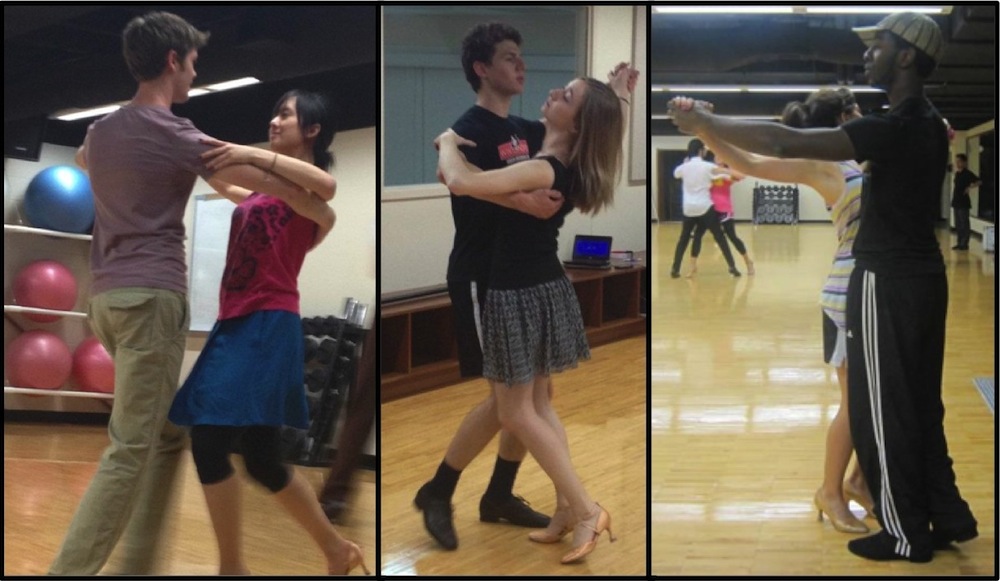
Examples of dresses by Artidesign
There are several requirements for any tournament outfits: intimate areas must be completely closed, shorts under the skirt must be of a certain shape and color of the dress, or black, but not flesh-colored. There are no other restrictions for adult dancers.
Tournament dresses are sewn individually, bought second-hand in stores or secondhand, or rented - usually also handmade. There are no ready-made dresses for the competition - they cannot be bought in a regular store, like, for example, a T-shirt. Two identical tournament dresses, I think, also do not exist.
Custom tailoring of a dress can cost from 30,000 R to infinity: at tournaments you can often see dresses for both 75,000 R and 300,000 R. They are sewn by ballroom wear designers, for example: Artidesign, Kostumer, Winner and others. The Dance Capital studio has its own atelier, and all our students order their dresses there.
To save money, you can buy a second-hand dress or in a dancewear store or rent it.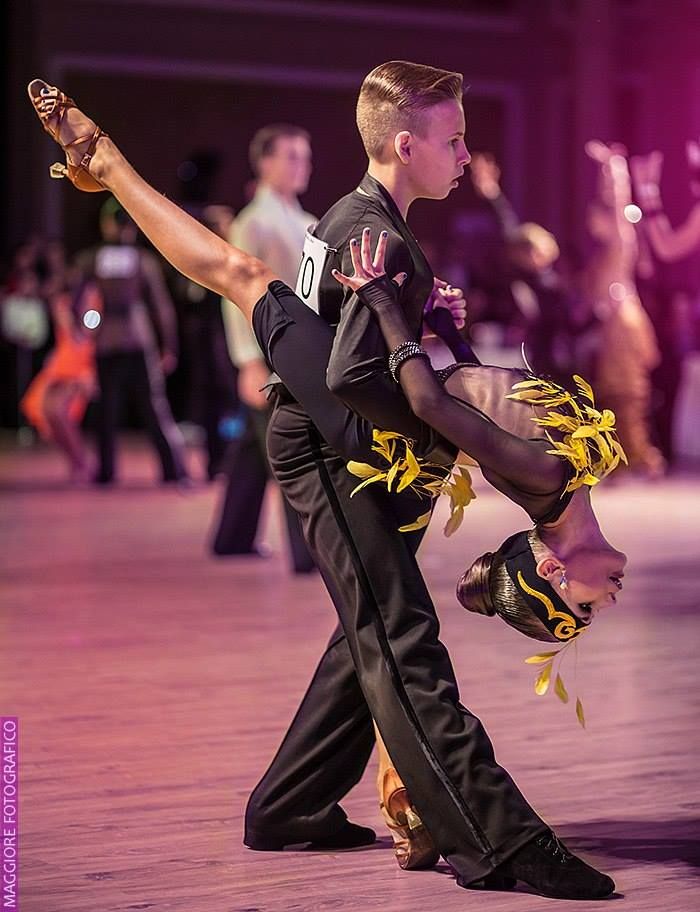 When a dress is sold, they usually indicate how many times it was worn on the floor. This is important because the number of tournaments affects the condition of the dress: decorations can peel off or fray. Therefore, they try not to wear dresses, but to sell them immediately after the tournament. Used dresses can cost from 5000 R to infinity.
When a dress is sold, they usually indicate how many times it was worn on the floor. This is important because the number of tournaments affects the condition of the dress: decorations can peel off or fray. Therefore, they try not to wear dresses, but to sell them immediately after the tournament. Used dresses can cost from 5000 R to infinity.
SecondDance is a group where you can buy used dresses
I rented my ball gown for competitions from the head of the studio, Margarita Aleshina. She often travels to tournaments and regularly orders new dresses for herself. The rent cost 5000 R per day - I took the dress only for the tournament. Margarita brought him to the competition, and immediately after the tournament I returned him.
The dress in which I danced was not too short and without "tails" - this is an elongated train in front or behind the dress. For me, this is a plus, because during jumps I am afraid to catch the hem with my heel. And this dress had an unusual decor: pearl-like beads, a combination of black and nude, an intriguing neckline all the way to the stomach, but with hook-and-loop fasteners.
| The dress sits like a glove, tightly fits the figure. Usually everyone tries to shine and shimmer as brightly as possible, a seductive image is often exploited - I would not feel comfortable in this. My dress looked albeit a little modest and grown-up, but with a twist. I felt confident in it. Photographer: Irina Nevolina | Aida shoes with added fullness: I have a wide foot and only on them I feel stable. Photographer: Irina Nevolina |
Make-up and hair are done by stylists.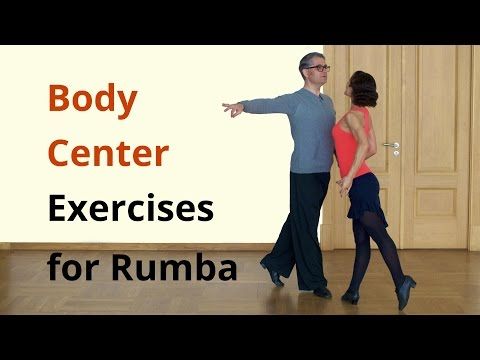 You can find them right at the tournament itself or in advance - on Instagram or on the tournament website. You should make an appointment with a stylist as soon as you have registered for the competition. It costs an average of 3000 R for makeup and hair.
You can find them right at the tournament itself or in advance - on Instagram or on the tournament website. You should make an appointment with a stylist as soon as you have registered for the competition. It costs an average of 3000 R for makeup and hair.
Video with my image for the tournament. Makeup, hair and this video were done by stylist Anastasia Varentsova
To save money, many dancers learn how to do make-up and hair themselves, go to courses with stylists. Especially often such courses are attended by mothers of ballroom girls.
The main requirements for sports make-up and hair: staying power and not getting in the way. Therefore, hair is varnished, literally gluing it into a hairstyle. The face should be as open as possible, loose hair and high styling are prohibited.
An example of hairstyle and makeup for ballroom dancing
Flowers, stones, ribbons can be woven into the hair, but in moderation: nevertheless, hairstyles in ballroom dancing tend to be somewhat strict. In styling, waves, bouffants, weaving, braids are often used. There are many options for dance hairstyles, but in general they fall into three categories: a bun, a shell, and a ponytail.
In styling, waves, bouffants, weaving, braids are often used. There are many options for dance hairstyles, but in general they fall into three categories: a bun, a shell, and a ponytail.
Make-up bright, emphasize eyebrows, eyes and lips, use a fixing spray. Since self-tanner is applied to the body, a bronzer is necessarily applied to the face, but a tone is lighter than self-tanner.
Since the studio where I studied constantly performs at tournaments, we have our own atelier, a 10% partner discount in the dance shoe store and a proven makeup and hair stylist. But I turned to my makeup artist, whom I have been going to for many years. She did my hair and makeup in 2 hours, it cost 3,000 R. My friends from the dance school did their hair and makeup in the salon, each paid 3,000 R for a haircut and another 1,500 R for makeup.
Manicure and pedicure can be done in any beauty salon. There are no strict requirements, but hands and feet must be well-groomed. It would also be nice not to scratch your partner and the parquet, so no long and pointed nail shapes. By color - so that it matches the dress. If there are no ideas, it is recommended to choose red wine shades.
It would also be nice not to scratch your partner and the parquet, so no long and pointed nail shapes. By color - so that it matches the dress. If there are no ideas, it is recommended to choose red wine shades.
Self-tanner is needed to even out skin tone. It is sold in dance shops and applied a couple of hours before the tournament. One jar costs 1400 R, it is enough for about 5 times. In addition to self-tanning, you need a mitten to apply it - this is another 700 R.
Men , of course, have an easier time preparing for the tournament. They also have special clothes: a shirt or a bodysuit, jackets and vests are allowed, while the standardists have a tailcoat, dance trousers and shoes - also with heels.
Hair must be short or in a ponytail, lacquered or gelled. Men with a dark skin tone can do without foundation, but those with thin white skin also wear makeup.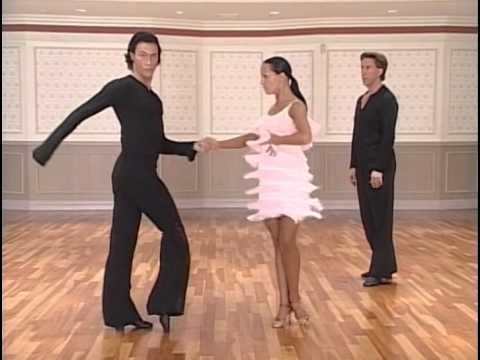
The outfit for the tournament cost me 16,700 R
| Aida ballroom shoes - the same ones I used to train in the gym | 5600 R |
| Ball gown for rent | 5000 R |
| Hair and makeup | 3000 R |
| Self-tanner and mitten to apply it | 2100 R |
| Manicure and pedicure | 1000 R |
Aida ballroom shoes - the same ones I used to train in Gym
5600 r
Ball dress for rent
5000 R
Hairstyle
3000 3000 R
Auto -tan and mittens to apply it
2100 R
Manicure and pedicure and pedicure 9000 1000 °
How tournament
To participate in the tournament, you need to register and pay the registration fee.
Information about all tournaments, festivals, master classes and Pro Am championships taking place in Russia and abroad can be found in the calendar on the dance.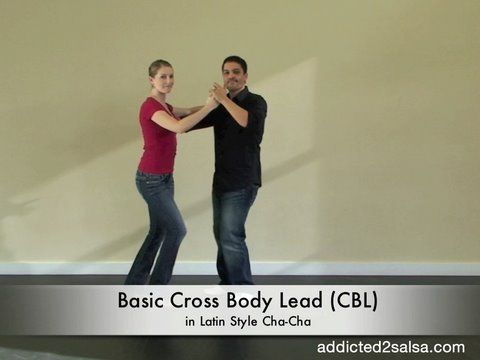 ru website. The coach recommends which tournament is better to go to, but the decision is up to the student.
ru website. The coach recommends which tournament is better to go to, but the decision is up to the student.
Registration for the competition is opened on the website two months before the date of the tournament, the registration fee must be paid at the same time as the application. Moreover, the earlier the application is sent, the lower the fee. Students register and pay fees themselves.
Pro-Am tournaments are organized by MASCT, therefore 10% discount for all their tournaments is available for participants of studios that are members of MASCT. And for the dancers who won the Top 100 competitions, there is a 25% discount on all MACCT tournaments for a year after the last tournament in the Top 100 series of competitions.
The registration fee for the tournament is not a fixed amount. It consists of the number of dances in each dance program and category for which the dancer applies.
Tournaments usually feature different competition categories:
- Singles, where each dance is evaluated separately.
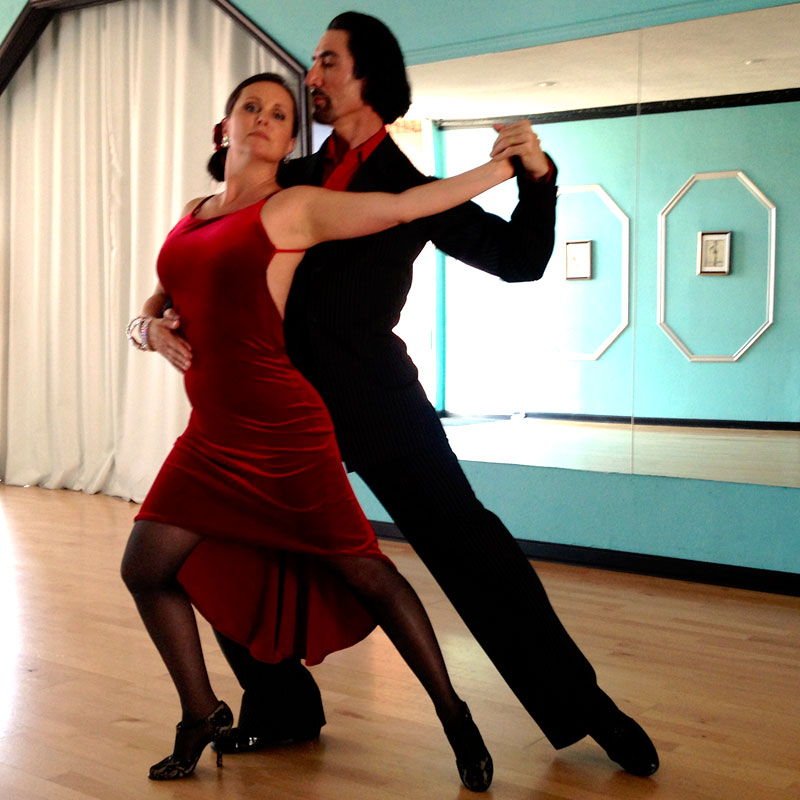
- Multi-competition where a program of several dances is danced and evaluated at once - from 2 to 5.
- Rising Stars is a program of 5 dances for advanced participants.
- ScholarShip is a 5-dance program for advanced dancers.
Any participant in the Pro Am tournament, at the request of the organizers, must dance at least one dance in singles, and the rest of the categories can be chosen at your discretion.
Thus, if I want to go to a tournament, I have to choose which singles I plan to dance and whether I will participate in categories with a total score. Each single and general categories have their own price - this is how the registration fee is added up. At the same time, the later you register for the tournament, the higher the registration fee.
Three days before the tournament, hit lists are posted on the tournament website and MASKT - they indicate the queue number and the time the couple entered the floor to the nearest minute.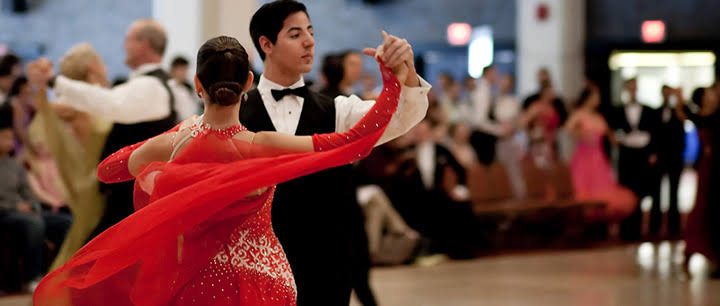
In addition to the registration fee, you need to pay a salary to the coach for his work at the tournament. The studio determines its size itself, and once again it is not advertised. As a rule, this information is not available on the website and in other official sources. In 2019, in my studio, it cost 10,000 R per tournament day.
10,000 R
I paid the coach for a day of work at the tournament in 2019
I will also have to pay entrance tickets to the tournament - for myself and the coach.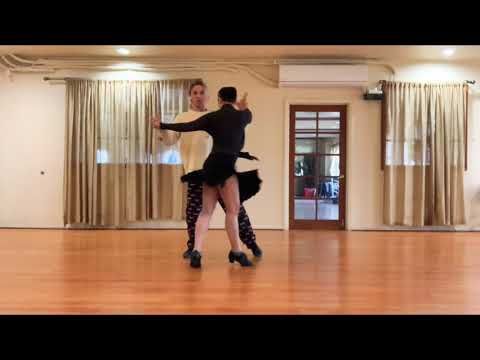 If one coach has several students participating in one tournament, then the cost of entrance tickets is divided by all of them. Usually a ticket costs 1200-1500 R, you can buy it on the website. My coach, when I participated in the tournament, had another student, so we paid 750 R.
If one coach has several students participating in one tournament, then the cost of entrance tickets is divided by all of them. Usually a ticket costs 1200-1500 R, you can buy it on the website. My coach, when I participated in the tournament, had another student, so we paid 750 R.
Registration in the tournament cost me 20,500 R
| Coach's salary | 10,000 R |
| Registration fee: 4 singles and 4 dances in multi-competitions with a 10% discount from MASKT | 8250 P |
| Entrance ticket for me | 1500 R |
| Coach ticket | 750 R |
Coach's salary
10,000 R
Organization: 4 single dancing and 4 dancing in multisores with a discount of 10%of MASKT
8250 R
Entrance Ticket for me
1500 r
Entrance ticket for the coach
750 R
How my North Star
tournament passed I participated in my first North Star tournament in 2019.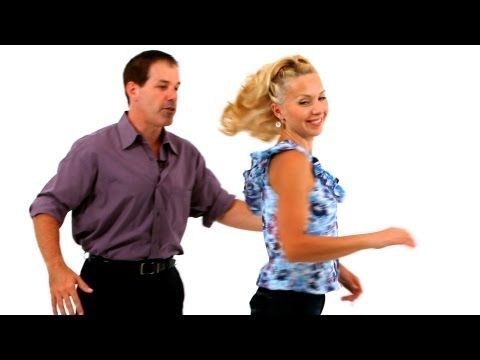 The tournament was held on November 2, 2019 in St. Petersburg at the Holiday Inn Hotel.
The tournament was held on November 2, 2019 in St. Petersburg at the Holiday Inn Hotel.
The tournament goes on all day, so the dancers and fans do not arrive at the beginning of the tournament, but are guided by the hit lists. Spectators were not allowed in for free - you had to buy tickets for 1500 R. I bought one ticket for my husband.
It was necessary to arrive in advance, at least two hours before your first exit to the parquet. At this time, we put on self-tanner, dried, put on suits, warmed up, tuned in, ran the program in the corridors, looked at colleagues, supported friends on the floor.
Of course, there are no changing rooms and dressing rooms in the hotel, so spacious rooms were allocated for ladies and gentlemen. We changed and put on self-tanner while sitting on chairs. Someone did hair and makeup right there, but I arrived already "fully armed".
The tournament itself was held in a large hall - this is not a stage with a hall, but a dance floor. The music was played by a live orchestra, and judges stood along the edges of the site - they always stand alone from each corner or side. There were tables for spectators around the site. The dancers warmed up and repeated compositions in the corridors, and sometimes even between the tables - this spoiled the impression. Here you are looking at a beautiful dance, and nearby someone suddenly starts to stretch or squat.
The music was played by a live orchestra, and judges stood along the edges of the site - they always stand alone from each corner or side. There were tables for spectators around the site. The dancers warmed up and repeated compositions in the corridors, and sometimes even between the tables - this spoiled the impression. Here you are looking at a beautiful dance, and nearby someone suddenly starts to stretch or squat.
After the performance, everyone usually goes to take pictures, cheer for their friends and wait for the awards. The awards are not held solemnly for all categories - they simply announce that by such and such an hour such and such categories can receive their awards at the reception. This is done to save time. So the victories are celebrated vigorously, but in the circle of their company.
Photographers and videographers work at the tournament. If you want to have photos and videos from the performance, you need to approach them in advance and ask them to film you.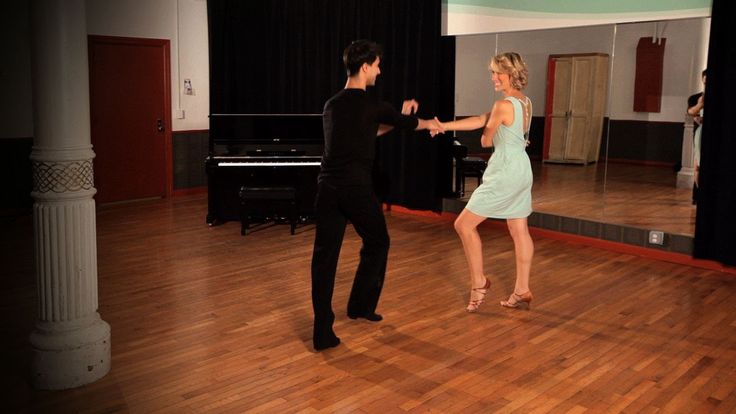 Then they will write down the number of your couple and try to catch a good shot. If you order a video, you will have to pay for it in any case, no matter how badly you dance there, and you can choose and buy only the photos you like.
Then they will write down the number of your couple and try to catch a good shot. If you order a video, you will have to pay for it in any case, no matter how badly you dance there, and you can choose and buy only the photos you like.
A video usually costs 1500-2000 R. I paid 2000 R for a video from my tournament. A photo costs 300-500 R for each. At my tournament, I bought 3 photos at 400 R apiece - a total of 1200 R.
Video of my performances at the tournament:
cha-cha-cha,
rumba,
samba,
jive
According to the results of the tournament, I took two third and two second places in singles and second place in multi-competitions. To be honest, I didn’t expect that I would win anything at all, because I hadn’t systematically studied for many years, and I allocated only three months for preparation. So I am satisfied with the result, and in the process I got a lot of pleasure and drive!
I think it turned out quite well for a debut. These are the students of our studio at the tournament. In the center is the leader, the only man is my coach
In the center is the leader, the only man is my coach What is the result
- The Pro Am system is an opportunity for adults to seriously engage in ballroom dancing. Even from scratch and without a partner.
- Ballroom dancing is an expensive sport, especially in Pro Am. Training, costumes, shoes, registration fees for the tournament, photos and even tickets for fans - you have to pay for literally everything.
- To qualify for a tournament, you need to train a lot: develop the basics and hone your technique in a group, work on your physical form in the gym and at dance training camps, put on compositions and work out interaction in pairs individually.
- If you practice for a long time, participation in tournaments becomes cheaper: you already have costumes, a set program, which will only need to be gradually developed and improved. This requires less individual training.
- It is useful to order videos and photos at the tournament. They are not only pleasant to review, they are also important feedback: shortcomings are visible and, conversely, advantages that you did not notice before.

- Competitions are a drive and a leap in development, even if everything does not go very well. If you performed, then you overcame yourself and stress. After the tournament, you want more and more!
Part time as a dancesport coach in Moscow, vacancies as a dancesport coach on YouDo
How to get an order?
- Select a task and respond to it
- Become a performer and complete your profile
- Get paid after completing the task
Orders from customers
ballroom dance coach
1 500 ₽
Needed:
We need a ballroom dance coach today from 19:00-20:00 to conduct the first training session for a corporate client. Address Elektrolitny proezd, 3 building 5 "Center of Playing Sports"
Nagornaya
Ballroom dance coach!
up to 2 000 ₽
Required:
Personal training in Latin American dances!
Kuzminki
Ballroom and Zumba coach
up to 2 500 ₽
Needed:
Professional personal trainer, champion of Russia in the European and Latin American programs, stretching, zumba, wedding dance, ready to teach you how to move beautifully
Okhotny Ryad
Looking for a ballroom dance coach
up to 2 000 ₽
Wanted:
I've never done wooden dancing, but I really want to start.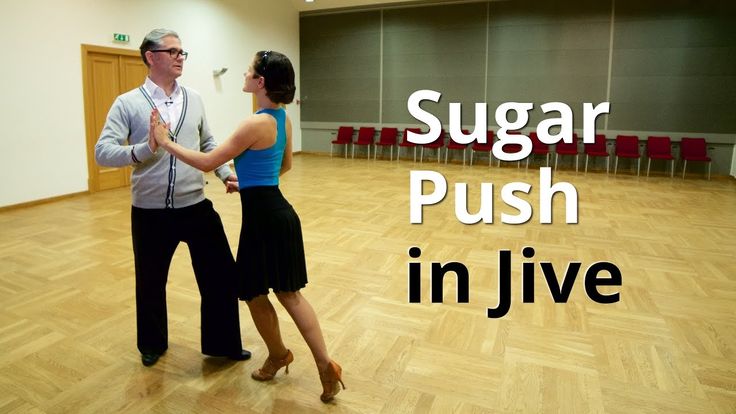 Interested in ballroom dancing, both individual and group classes, but rather all together. I don’t know the prices, write and offer, I will consider all options, although the price will be very important when choosing. I want to work out 1-2 times a week. I am 25 years old and I want to do just for the soul and body. I live on Chertanovskaya - ideally it would be somewhere nearby, but I'm ready to travel around Moscow. Stretching and yoga (optional) are also interesting. I want to start as soon as possible - at least a trial lesson.
Interested in ballroom dancing, both individual and group classes, but rather all together. I don’t know the prices, write and offer, I will consider all options, although the price will be very important when choosing. I want to work out 1-2 times a week. I am 25 years old and I want to do just for the soul and body. I live on Chertanovskaya - ideally it would be somewhere nearby, but I'm ready to travel around Moscow. Stretching and yoga (optional) are also interesting. I want to start as soon as possible - at least a trial lesson.
Chertanovskaya
Personal trainer for ballroom
up to 2 000 ₽
Needed:
Ballroom Dance Coach for Basic Latin
Moscow, Vnukovskoye settlement, Anna Akhmatova street, 18
Frequently Asked Questions
In 2022, YouDo turned 10 years old.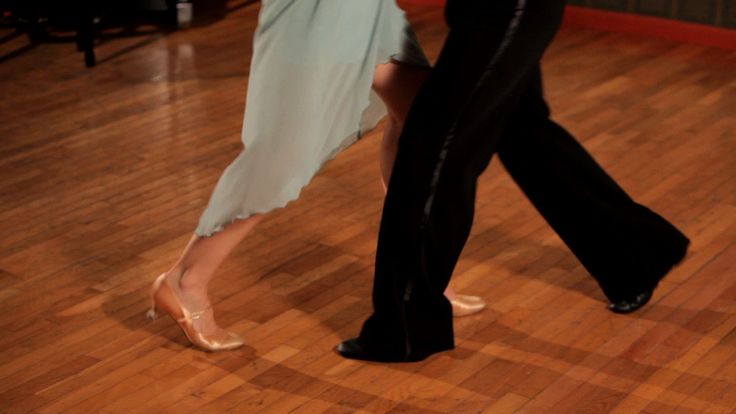 During this time, hundreds of thousands of performers have connected to the service and successfully earn money by completing orders. Well-known Russian and foreign mass media write about us.
During this time, hundreds of thousands of performers have connected to the service and successfully earn money by completing orders. Well-known Russian and foreign mass media write about us.
YouDo customers are ordinary people who need a service right now. To learn more about a client, take a look at their profile and read their reviews.
In tasks with a risk-free transaction, the money is credited to your bank card after the successful completion of the task. You can also agree with the customer on any other payment method convenient for you.
Start with simple orders and leave as many responses as possible. When the first positive reviews appear, it will become easier to receive assignments.
You can read authentic reviews in your customer profile, and our support team is available every day to answer your questions.
If you want to perform assignments from legal entities, get the status of a business executor.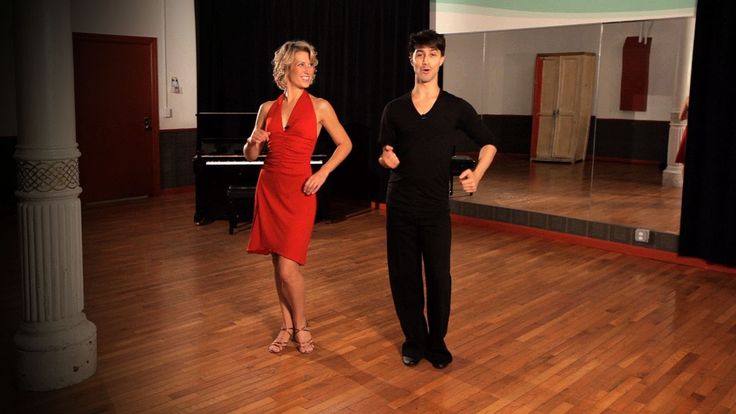
Thousands of orders are posted daily on YouDo. We are constantly working to increase this number, and performers always find suitable tasks for themselves. To receive an order, you need to respond to it. Along with advertising the services of the contractor, we send the customer contacts that remain with him forever. For this we charge. The contractor pays for each response separately or connects an unlimited package and responds without restrictions. Money for the response is returned only if the task violates the rules of the service.
You are here:
- home
- Work at YouDo
- beauty and health
- Household repairs
- Installation and repair of equipment
- Computer help
- Repair of digital equipment
- Virtual Assistant
- Photo and video services
- Web Development
- Legal aid
- Cleaning and household help
- Events and promotions
- Auto
- Tutors, training
- Cargo transportation
- Courier services
- For women
- For girls
- For men
- For pensioners
- For students
- For the disabled
- Holidays
- Needlework
- Security services
- Miscellaneous
- Personnel manager
- Engineer
- Seller
- Workshop workers
- Cashier
- Learn more
- How to choreograph a zumba dance routine
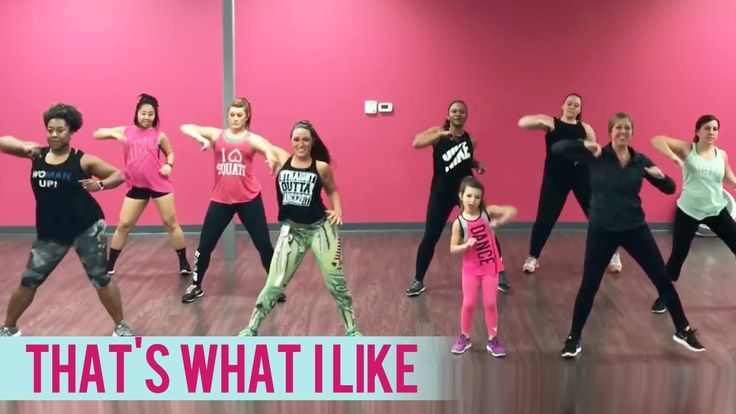
- How to do the cruisin for a bruisin dance

- How to dance in splatoon 2

- How to make a dance floor for outside wedding
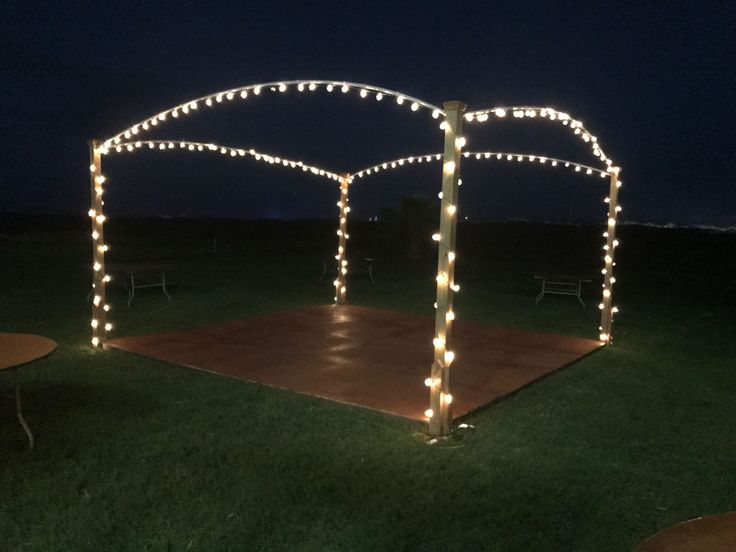
- How to dance the waltz youtube
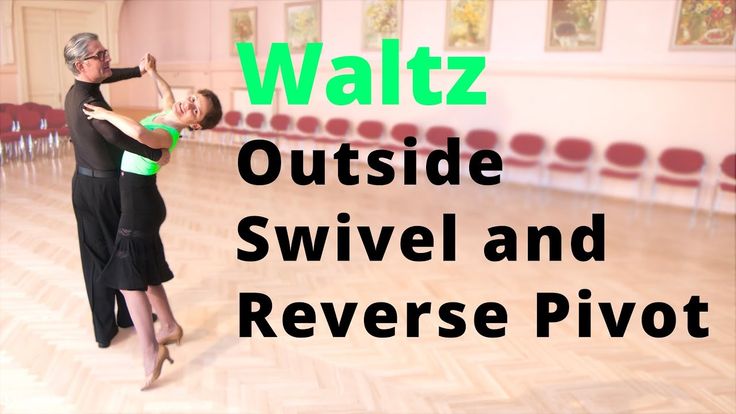
- How did they dance in the 50s

- How to choose a dance style
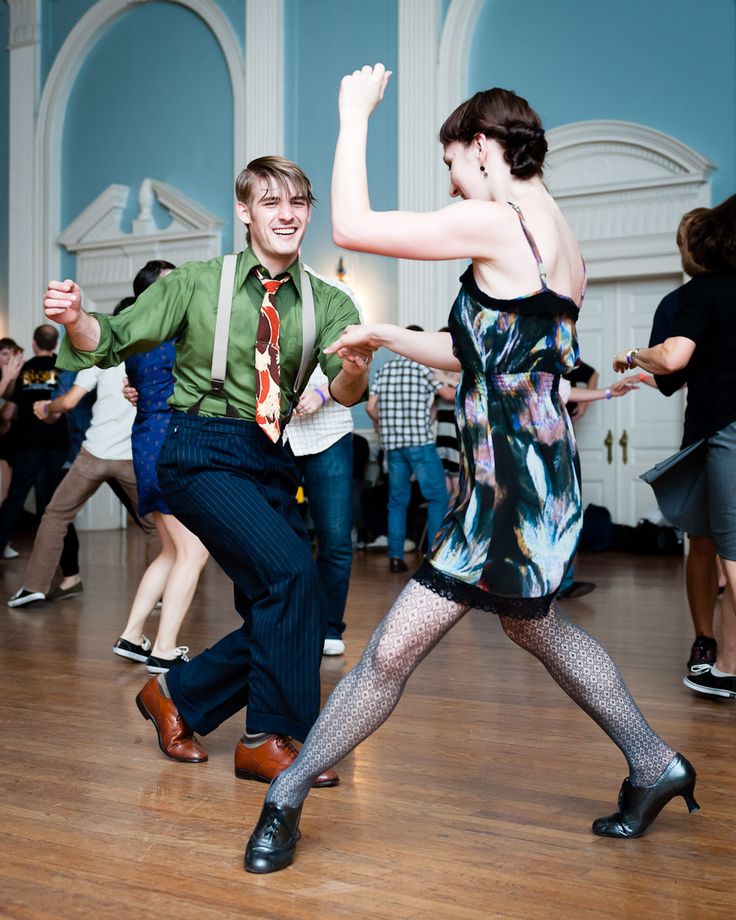
- How to describe dance moves in writing

- How to learn belly dance in hindi
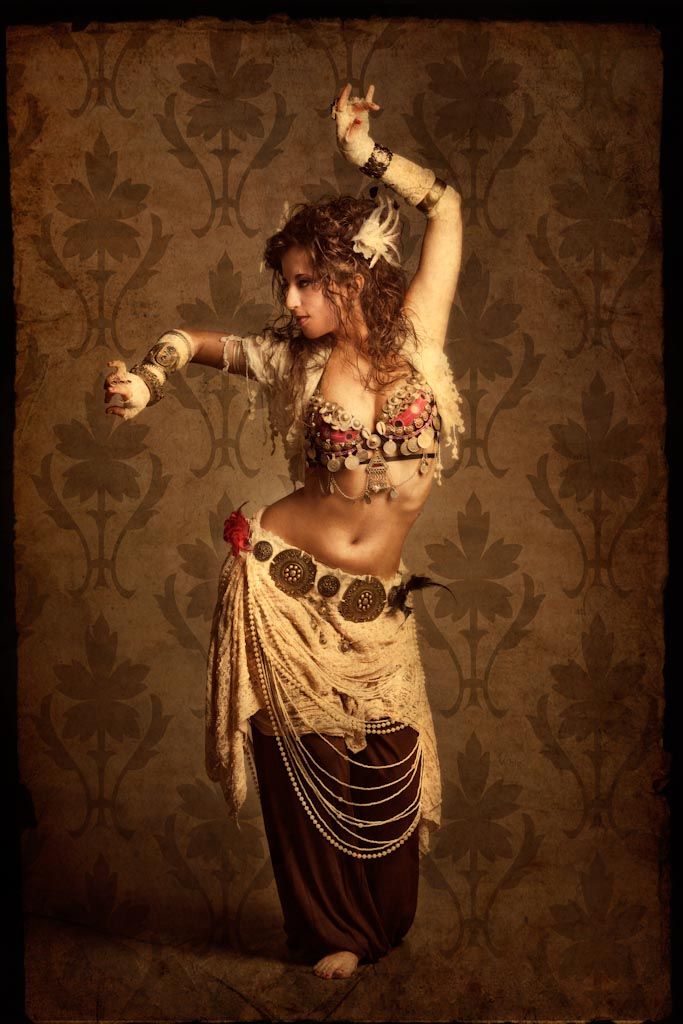
- How to start a pole dance studio

- How to dance at a country club

